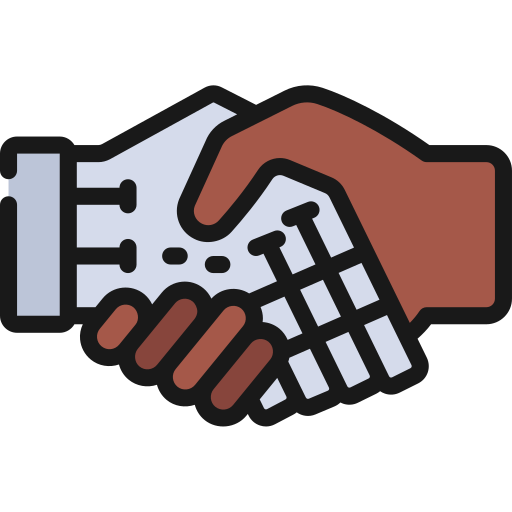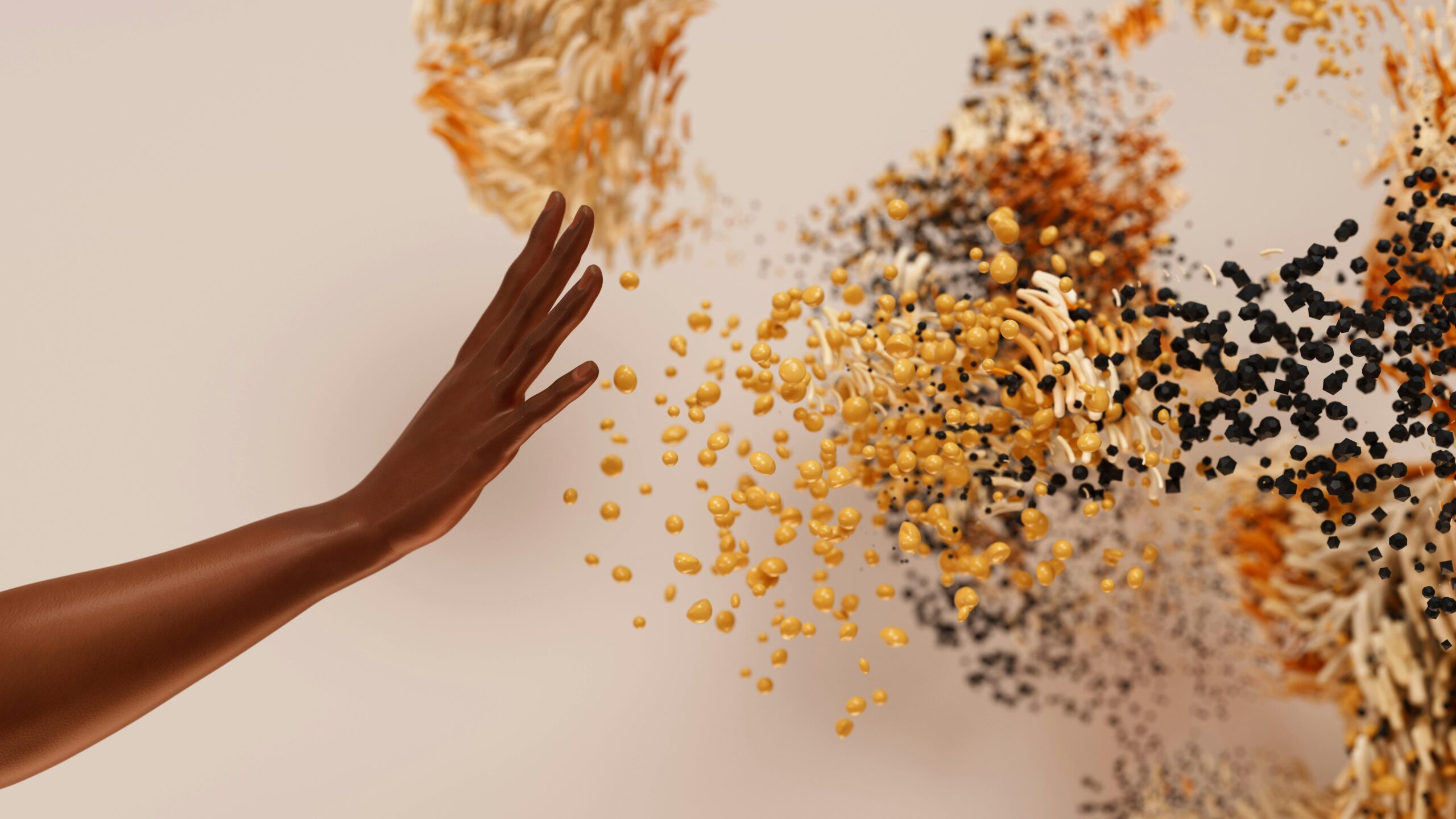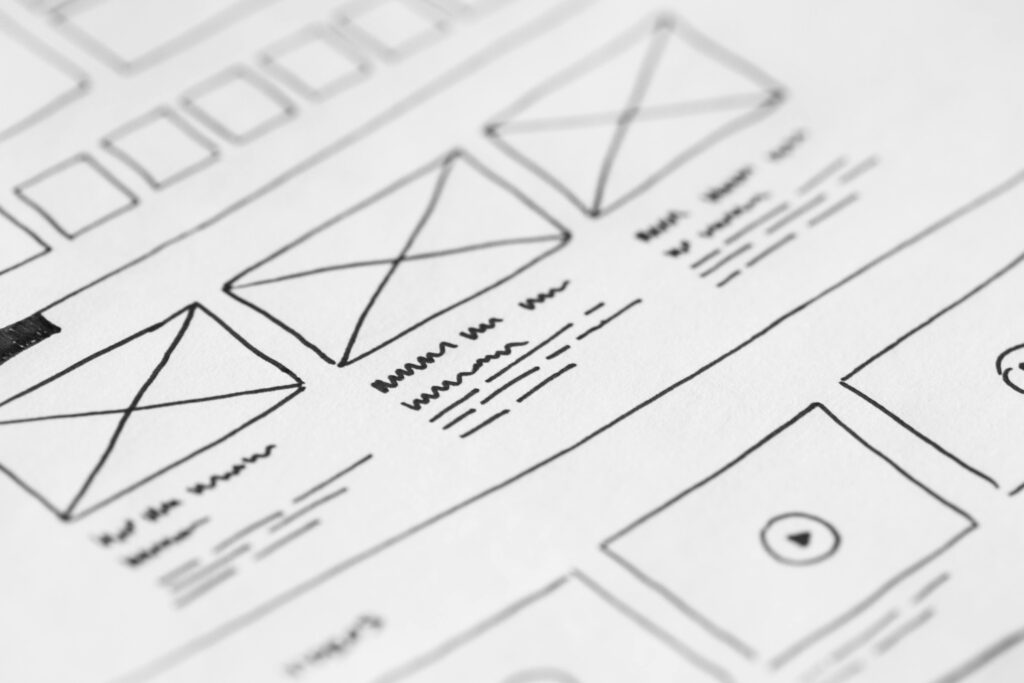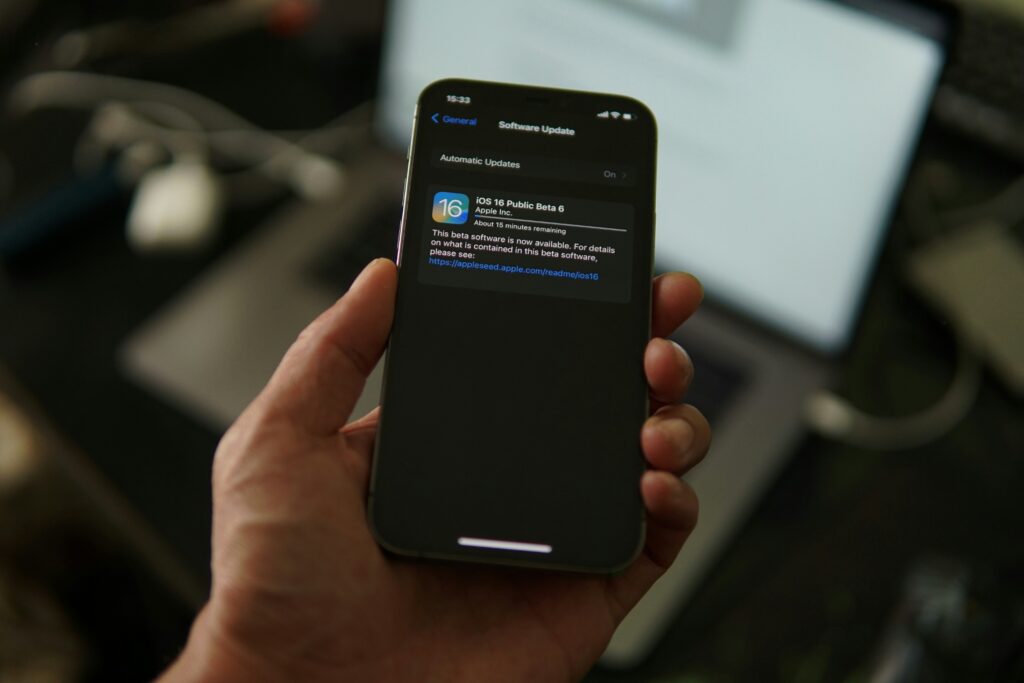You’ve probably come across a piece of artwork online that was generated by artificial intelligence. Maybe you even mistook it for a real painting by a human artist. But does that mean AI has become… Picasso 2.0?
What do we actually mean by “creating art”? Broadly speaking, it’s a way of expressing ideas and emotions, sharing personal experiences, and producing a work that sparks the imagination of the audience. Art is said to touch the senses, emotions, intellect, and intuition.
But the real question is: can artificial intelligence actually create art?

Yes, AI creates art.
If we stick to the general definition of art, then yes, AI can create it.
The output is real and tangible. AI can generate images, text, music, or videos that move and impress people. Considering that this intelligence learns from us, it is inspired by our emotions, which shape the works it produces. As long as a piece provokes an emotional reaction in the viewer — regardless of whether it was made by a machine or a person — it can be considered art.
Art isn’t always about intention. History is full of works that didn’t necessarily have a “profound intention,” but are still considered art. Ever heard of Comedian? It’s Maurizio Cattelan’s piece — a banana duct-taped to a wall.
AI doesn’t just copy. It combines existing styles and reinvents them, sometimes in completely unexpected ways. We even see new forms of expression emerge — ones humans alone might never have imagined. An AI can mix gothic art with Japanese manga codes and textures inspired by science fiction, producing results that defy classification into any known style. In short, AI has this kind of naïve fearlessness: it doesn’t judge its own mixes. It tries everything, even what seems absurd.
Art is also about reception. If an AI-generated piece sparks debate, reflection, or emotion, then yes — it creates art.
No, AI does not create art.
If we dive deeper into ethics and morals, then no, AI cannot truly create art.
AI doesn’t feel anything. It doesn’t know the joy of falling in love or the pain of heartbreak. It has no intention behind what it produces; it generates works because it was asked to, not because it needed to or felt an inner drive.
Its outputs are essentially remixes of existing data. Yes, it can generate styles that seem new to us, but it doesn’t “create” in the strict sense. It rearranges what it was trained to analyze. Some would even argue that it plagiarizes or copies without having a personal artistic vision — and without the consent of the original artists whose works were used.
AI doesn’t really belong to an era or a specific culture. It can imitate the style of a painter or an art movement, but it doesn’t grasp what that gesture represented in its historical or social context. In other words, it can reproduce the form, but not necessarily the meaning.
And then comes the tricky debate: copyright. AI trains on countless human-made works, often without the artists’ consent. So, who is the true creator? The user who typed the prompt? The programmer who built the AI? The artist whose style was mimicked without knowing it? Legally, the answer is still murky.
So, can AI really create art?
Maybe not in the way we usually mean, since it has no memories, no emotions, no spark of humanity that makes a work truly resonate. AI may be a digital brush, a fascinating tool, but the intention and meaning remain deeply human.
That’s where the role of graphic designers and creatives becomes so important. AI can generate an image, but it cannot capture your story, your values, or your brand identity. A visual isn’t just about looking good — it needs to be coherent, impactful, tailored to your audience and your time. And that’s something no machine can achieve on its own.
Alors, l’IA peut-elle vraiment créer de l’art ? Peut-être pas au sens où on l’entend habituellement, puisqu’elle n’a ni souvenirs, ni émotions, ni ce petit quelque chose d’humain qui fait vibrer une œuvre. Elle peut être un pinceau numérique, un outil fascinant, mais l’intention et le sens restent profondément humains.
C’est là que le rôle des graphistes et créatifs prend toute son importance. Une intelligence artificielle peut générer une image, mais elle ne peut pas traduire votre histoire, vos valeurs, votre identité de marque. Un visuel n’est pas seulement beau : il doit être cohérent, percutant, adapté à votre public et à votre époque. Et ça, aucune machine ne peut le faire seule.
Chez 10RUPTiV, nous voyons l’IA comme un allié, pas comme un concurrent. Nos graphistes, designers et développeurs Web utilisent les meilleurs outils numériques pour aller plus loin dans la création, mais ce sont leurs idées, leur sensibilité et leur compréhension de vos besoins qui font toute la différence.
En fin de compte, l’art — comme la communication visuelle et le design — n’est pas seulement dans la main qui trace ou dans l’algorithme qui génère : il est dans l’intention de celui qui crée… et dans l’émotion de celui qui regarde.



